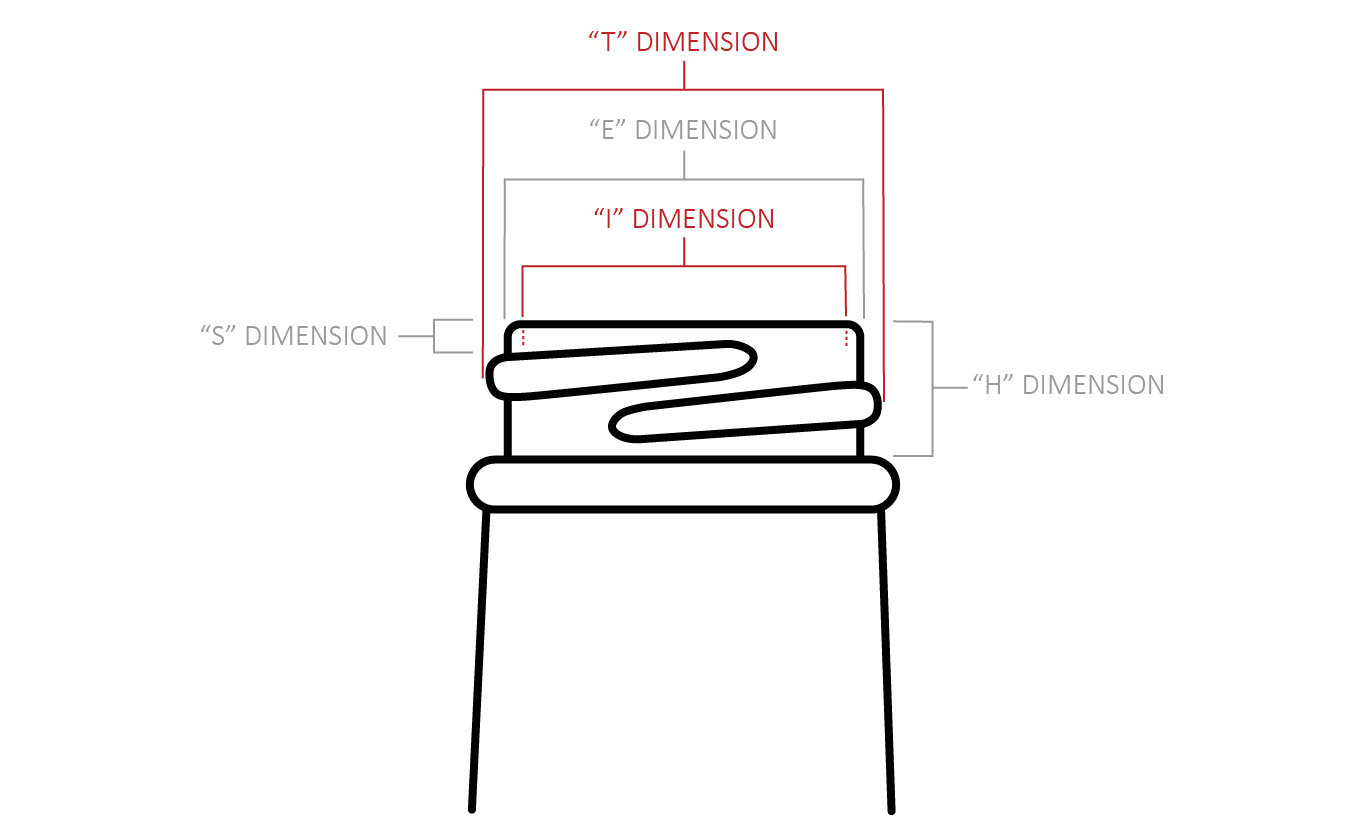Finish Information For Bottling
What is a 'finish'?
A container’s neck finish determines the size and type of closure required to achieve a proper seal. A container and its corresponding cap must have matching finishes. For our purposes, we will examine two different styles of finishes and how to identify each. The Glass Packaging Institute (GPI), a trade association representing the North American glass container industry, has put forth policies to standardize neck finishes across the industry.
- Continuous Thread –abbreviated “CT”, continuous thread closures are recognized as two numbers separated by a backslash (ex. 38/400). The first number refers to the diameter of a given closure, which is measured in millimeters. The second number, found after the backslash, refers to a particular finish style.
- Lug –also known as a “Twist Off” finish (abbreviated “T/O”), Lug finishes are only found on glass containers. Lug finishes can be identified as the diameter (i.e. 38mm) followed by T/O (abbreviated for Twist-Off)—38mm T/O
“T” Dimension
The outside diameter of the thread. The tolerance range of the “T” dimension will determine the mate between bottle and closure.
“I” Dimension
The inner diameter of the bottle neck. Specifications require a minimum “I” to allow clearance for filling tubes. Linerless closures, with a plug or land seal, and dispensing plugs and fitments require a controlled “I” dimension for proper fit.
“S” Dimension
Measured from the top of the finish to the top edge of the first thread. The “S” dimension is the key factor that determines the orientation of the closure to the bottle and the amount of thread engagements between the bottle and cap.
“E” Dimension
The outside diameter of the neck. The difference between the “E” and “T” dimensions divided by two determines the thread depth.
“H” Dimension
The height of the neck finish. Measured from the top of the neck to the point where the diameter “T”, extended down, intersects the shoulder.


